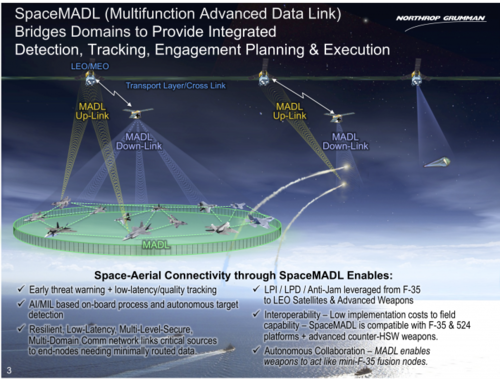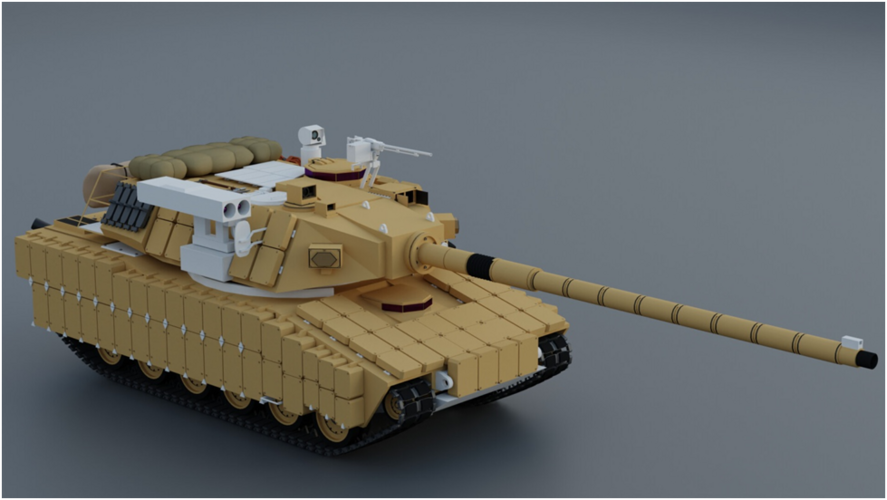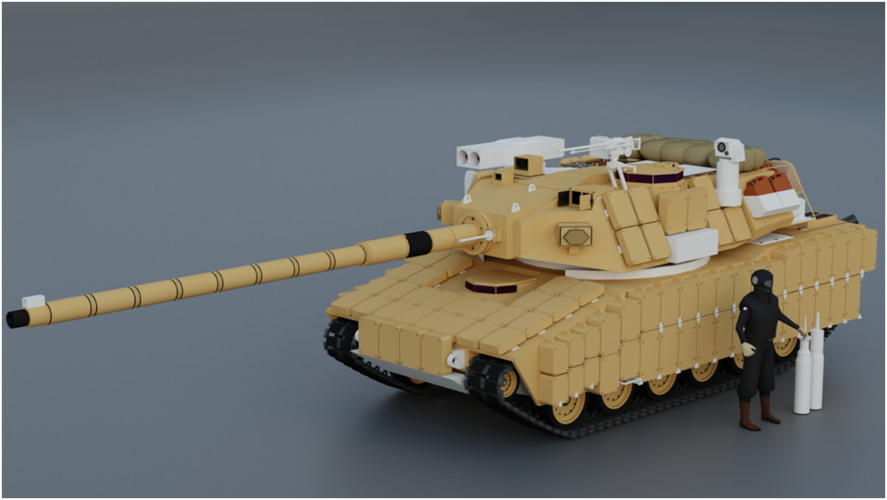Tank armor also isn't all that effective against modern artillery.
I'd love to see some evidence for this assuming you aren't taking about sensor-fuzed
or other HTK type weapons.
The tank Gun, Sensors, Tracks, ERA, etc are all incompletely covered by armor and good old 155mm HE can destroy them with near misses. For the MBT, so much of the armor is focused in defeating frontal attacks that defense against artillery is not that much better than lighter vehicles. From the perspective of tactical objectives, mission kill removes the vehicle from play. Historically the tank's primary countermeasure against artillery is its mobility, however artillery reaction time have increased far more than tank's tactical mobility in recent decades. Even with dumb shells artillery is a bigger threat then ever.
Then there is all the other sorts of munitions artillery can throw out in both direct attack and shaping operations: From dumb top attack submunitions to sensor fuzed to HTK to scatterable mines.
---------------------------------
Common APS known today can not deal with many of these threats at all, and one would need powerful sensors and long range high volume, high power anti-projectile firepower to defeat many of those threats, which means C-RAM and it is much more expensive than a steel box with a big gun. Look at air defense systems today, the $30mil pantsir gets wrecked by $0.5mil drone dropping glide bombs. If one wants to have C-Ram that works one may have to pay the same as a decent fighter bomber! Might as well get a fighter bomber instead which can take the air war to the enemy and blow up land targets across the entire theater in hours.
And if heavy use of obscurants (smoke generators + own-ship self protect) + APS permits tanks with direct fire weapons
to close the gap it's over for the light force.
Trying to close in on a "shoot and scoot" enemy with dozens of kilometer headstart using the combat vehicle type with the worst operational mobility while pinned under a smoke cloud is not what one would expect much success: the enemy can just drive away, while a few UAV/loitering munition circling overhead or even just sneaky use of sensor mast vehicles and force persistent obscurant usage. Throw some mines in the way, drop bridges in your line of advance and the odds of catching enemy indirect fire assets falls further. (also have you tried chasing long range missile firing helicopters...with tanks?) A deep attack would find supply convoys shot up by long range fires even if defenses manage to keep the spearhead alive, and one end up encircled without fuel and lacking firepower reach to hit much while behind enemy lines.
Even if with huge expenditure of obscurants to limit PGM strikes, traditional artillery/big HE can still do serious damage. Wide dispersion to counter traditional artillery and efficient obsurant usage is basically inversely related and both can not be maintained.
Not saying that advancing is impossible, but it is about the worst way to kill mobile enemy vehicles. The objective of the advance ought to be capturing territory, and the enemy would fight because he wants to keep the territory.
Which is where we get to the latter part:
DPICM either cannon or MLRS delivered will make short work of light vehicles. You don't need very good
target location error either. And if you want to bring airborne weapons into it a stealthy standoff
like JSOW(-ER) carrier with cluster munitions quickly makes the light force very vulnerable.
Yes, artillery can kill at long range. But it is not limited to light vehicles, but all vehicles can be destroyed with sufficient application of suitable munitions.
The main constraint with artillery deep strikes is ISR. It is impossible to have artillery shell the entire front, dozen to dozens of kilometers deep. Instead, one has to find the enemy first.
In many ways, artillery can neutralize tanks easier than it can neutralize light, long range forces, because:
1. There are fewer tanks because of cost and the logistics trail. So one can use greater quality and quantity of munitions for the task. In the world of PGMs, warhead size is small part of the cost anyways, while armor just demands warhead size.
2. MBTs are one of the less stealthy vehicles: tracked vehicles can be filtered on radar, the size is large, the engine emission is high and APS is a huge beacon. The large size also render decoys difficult, while stuff like NLOS ATGM launchers can hide in standard sized garages and be made indistinguishable from empty transports, civilian vehicles, or even rectangular boxes on the ground!
3. MBT's constraints in both mobility and firepower projection makes them predictable: they have to end up with LOS of your own forces to be a serious threat and can only cross certain pieces of terrain. One can greatly lower the ISR needed and win the SEAD conflict in a small area to keep tanks at bay relative to suppressing long range fires.
4. MBT's don't have standoff. The enemy artillery/missile/etc could be dozens to hundreds of kilometers deep within their territory, making it inaccessible to your own artillery and ISR, while enemy MBTs can't if it intends to influence the battle.
5. An MBT force can not counter battery your own artillery force which lowers ROF and induces attrition.
6. An MBT that is fighting is clearly detected. Obscurants work both ways. Either the tank is ineffective or it is spotted.
7. An MBT force inflicts damages relatively slowly if one is not completely surprised in the open. Just duck under the hill out of LOS and you have some time for reach-back fires to deal with the problem, if you are even accessible to tank fire at all. This is unlike MRSI TOT salvos where your first warning is can be too late for the entire formation. A wall of obscurant and mines also enables one to disengage from MBTs while not from artillery.



